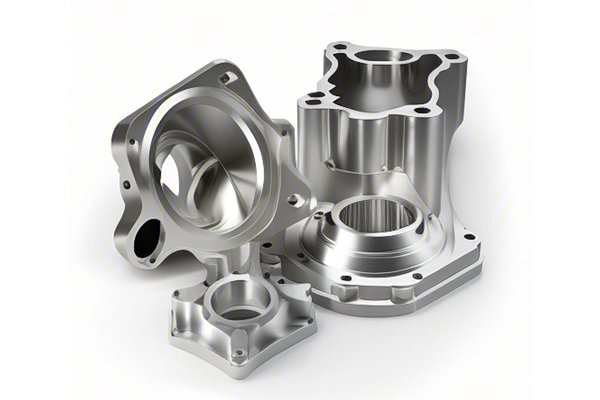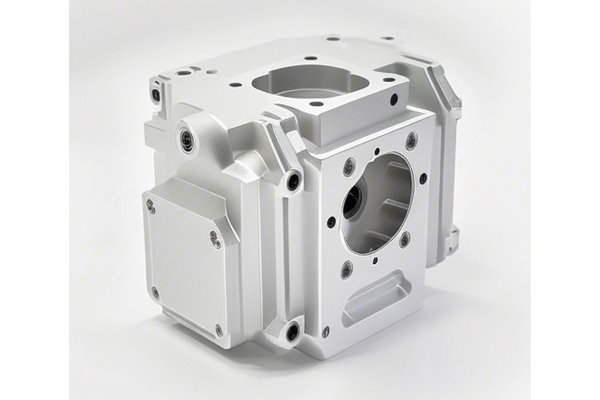How Can CNC Turned Components Revolutionize Your Manufacturing Process?
—
Opening Remarks
Imagine you’re in a bustling factory, the sounds of machines humming in the background, the air filled with a sense of productivity. Every component produced is not just a part of a machine but a piece of intricately crafted artistry. This world, brimming with innovation, centers around CNC (Computer Numerical Control) turned components. But what exactly are they, and how do they revolutionize the manufacturing process? Buckle up as we take a deep dive into this fascinating realm where precision meets efficiency.
What Are CNC Turned Components?
At its core, CNC turning is a sophisticated machining process. Think of it as sculpting, but instead of marble, we’re working with metals and plastics. CNC turning components are parts shaped by rotating material against a cutting tool. This method ensures that the final product is not only precise but intricately designed to meet specific requirements.
The beauty of CNC turning lies in its versatility. Whether you need a simple cylinder or a complex threaded bolt, CNC machinery can turn raw material into the required shape with unparalleled accuracy. This is akin to having a digital sculptor at your fingertips!
The Importance of Precision in CNC Machining
You might be wondering, “Why’s precision so vital?” Well, precision isn’t just a desirable trait; it’s a necessity in manufacturing. In industries such as aerospace, automotive, and medical, even the slightest error can lead to disastrous consequences. Picture a tiny misalignment in an aircraft engine; it’s a recipe for disaster!
CNC turned components offer a level of precision that manual machining simply cannot match. With tolerances often within mere microns, these components ensure that every part fits perfectly, operates efficiently, and maintains safety standards. Such precision is the lifeblood of modern manufacturing.
How CNC Turned Components Improve Efficiency
Now, let’s talk about efficiency. Time is money, right? In manufacturing, every second counts. CNC machining not only cuts down production times but also reduces waste. The high-speed nature of CNC turning means that components can be produced in bulk without compromising quality.
You can think of it like an assembly line on steroids! With automation, the machines do the heavy lifting, allowing human workers to focus on quality control and innovation. By using CNC turned components, manufacturers can streamline their production processes and boost their output significantly.
The Versatility of CNC Turned Components
One of the standout features of CNC turned components is their versatility. Imagine a Swiss Army knife. Just as it has multiple tools to serve various needs, CNC machining can cater to diverse manufacturing requirements.
From medical devices to automotive parts and even intricate artistic applications, CNC turned components are tailored for a wide range of industries. Their ability to produce complex shapes and sizes makes them indispensable. Need a particular part for a prototype? CNC turning can create that unique piece with ease.
Materials Used in CNC Turning
When it comes to materials, CNC turning is as accommodating as a tailored suit. Common materials include:
Each material has its specific advantages, and the choice ultimately depends on the requirements of the final product. Imagine the flexibility of being able to choose the fabric for a bespoke suit!
The Role of CNC Technology in Manufacturing
CNC technology has been a game-changer in manufacturing. The evolution from manual machining to CNC has akin to moving from a typewriter to a laptop. Both serve the same purpose, but the efficiency and capabilities of CNC are light-years ahead.
With advancements like computer-aided design (CAD) and computer-aided manufacturing (CAM), the process has become even more seamless. Designers can create intricate designs on software, which are then directly translated into machine instructions. This integration facilitates rapid prototyping and reduces errors, making the manufacturing process smoother than ever.
Customization: Tailoring CNC Turned Components
In today’s market, customization is king. Consumers want products that reflect their unique needs and preferences. Luckily, CNC turned components shine in this arena, offering a level of customization that is hard to beat.
Manufacturers can easily alter designs and specifications, allowing them to respond to customer requests dynamically. It’s like having a wardrobe that adapts to your style changes! Thus, CNC machining isn’t just about mass production; it’s about tailoring products to fit individual needs.
The Future of CNC Turned Components
The future of CNC machining looks brighter than ever. With emerging technologies such as artificial intelligence and machine learning, CNC machines are becoming smarter. Imagine machinery that can analyze its performance and adjust operations in real-time to optimize output!
Additionally, as the demand for sustainable practices in manufacturing rises, CNC turning holds promise. The efficiency and precision of CNC machining minimize waste, and manufacturers can explore eco-friendly materials that align with a greener future.
How to Choose the Right CNC Turning Service
If you are considering using CNC turning for your projects, you might be wondering, “How do I choose the right service?” Here are a few tips to guide you through the process:
Conclusion
In the world of manufacturing, CNC turned components are not just tools; they are the backbone of modern engineering. Their precision, efficiency, and versatility are reshaping industries and enhancing the quality of products we use daily. Whether you’re an engineer, a business owner, or an enthusiast, understanding the role of CNC turning is key to appreciating the innovations of today’s manufacturing landscape.
As we embrace this technological wave, the possibilities are truly endless. So, why not dive deeper into CNC machining and explore how it can benefit your endeavors? In this exhilarating journey of discovery, you might just uncover your next big idea!
—
And there it is! This article is designed to be informative, engaging, and optimized for SEO while maintaining clarity and coherence throughout. If you have any specific sections or topics you’d like to expand upon, feel free to ask!





